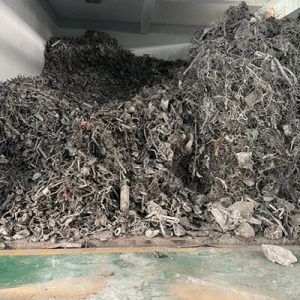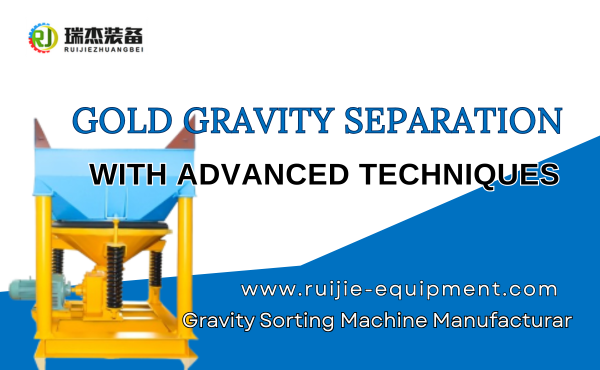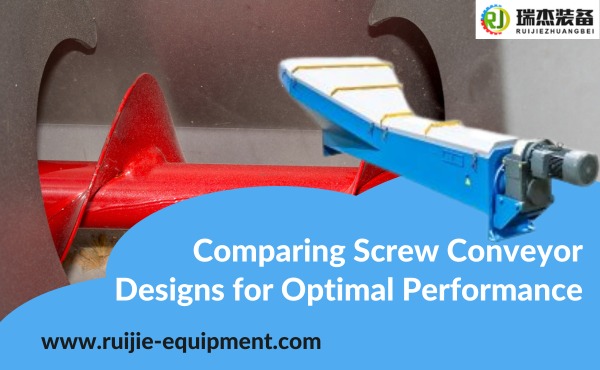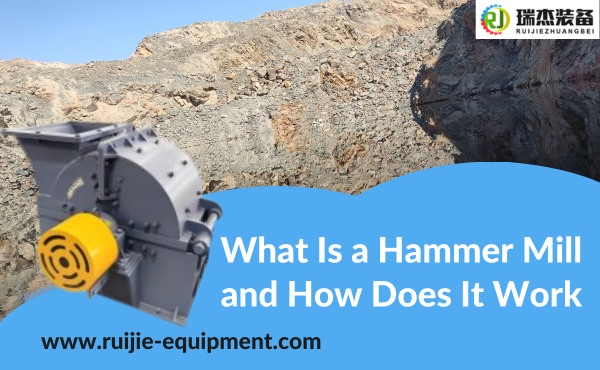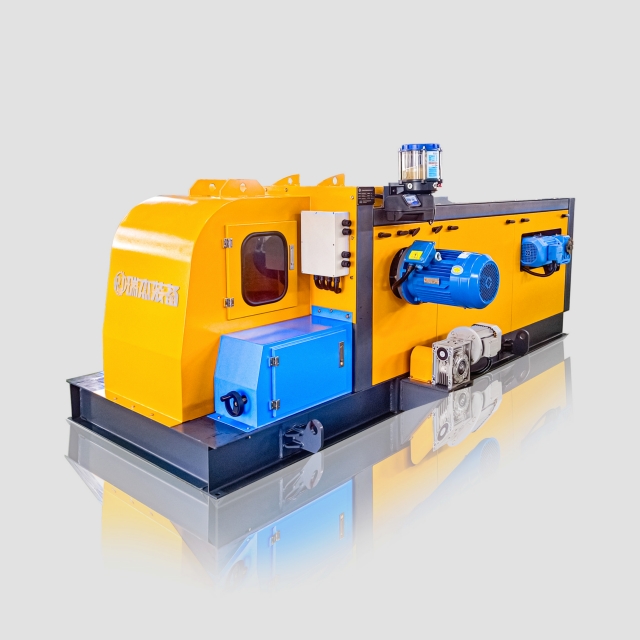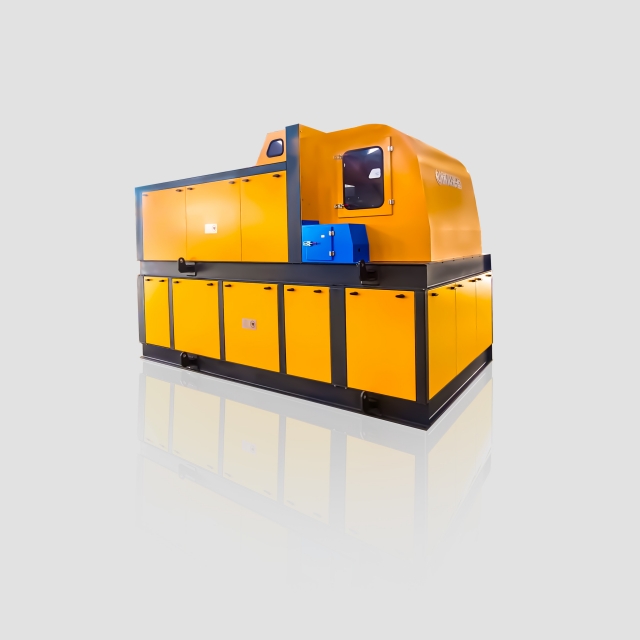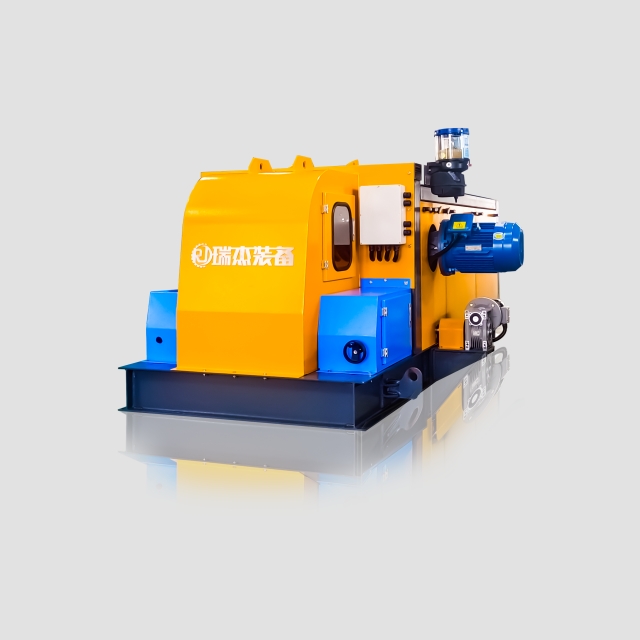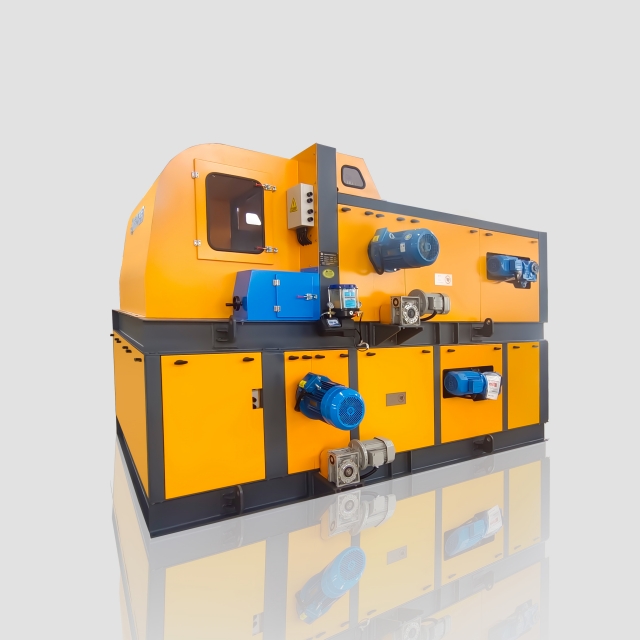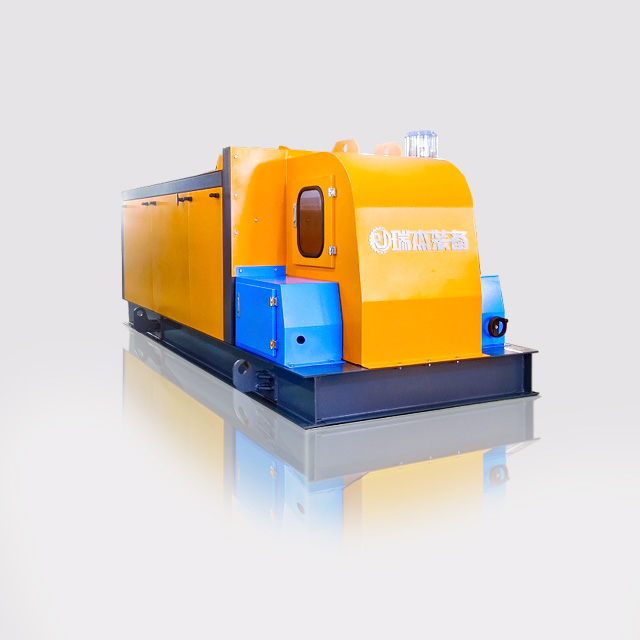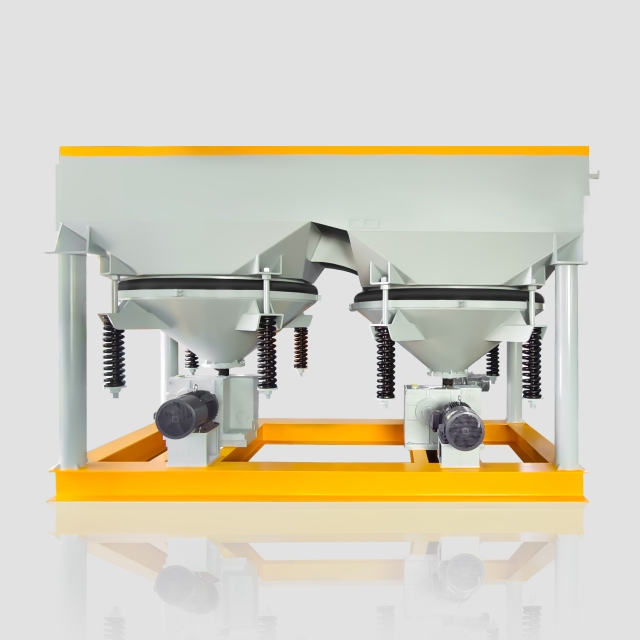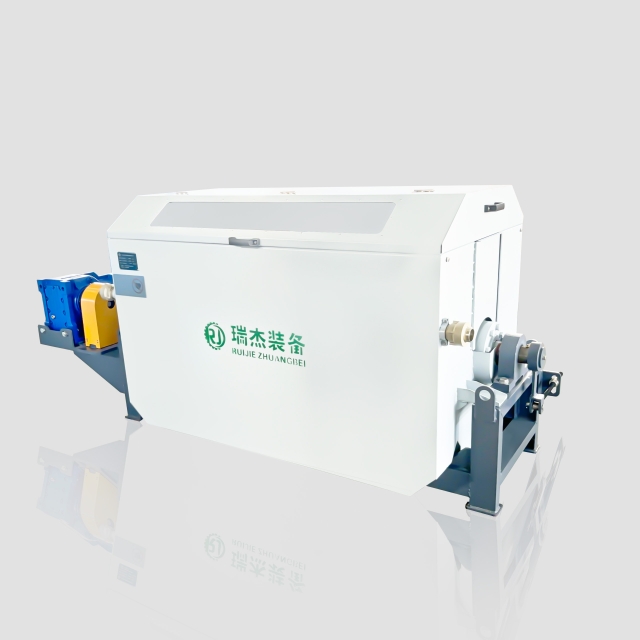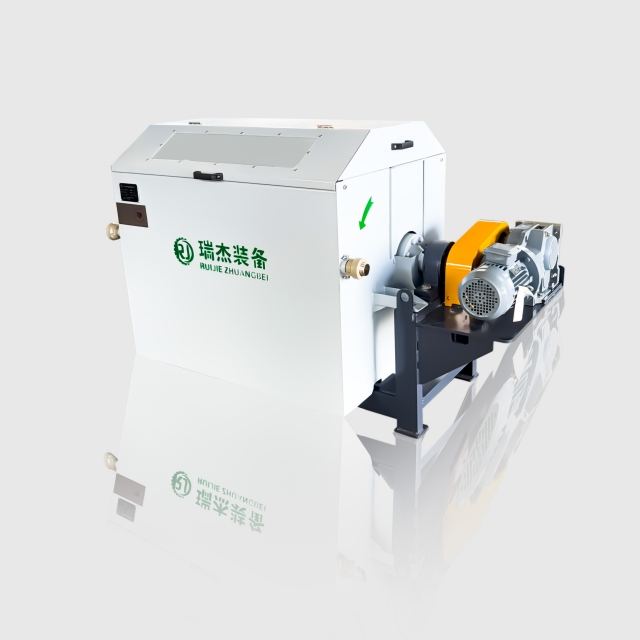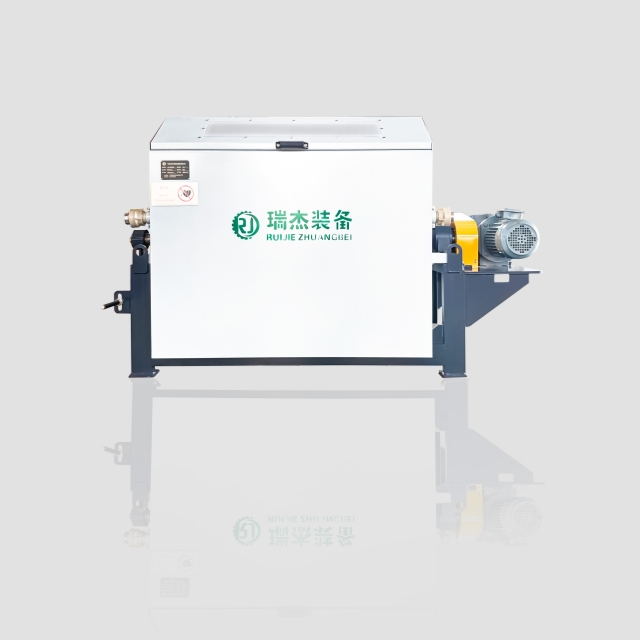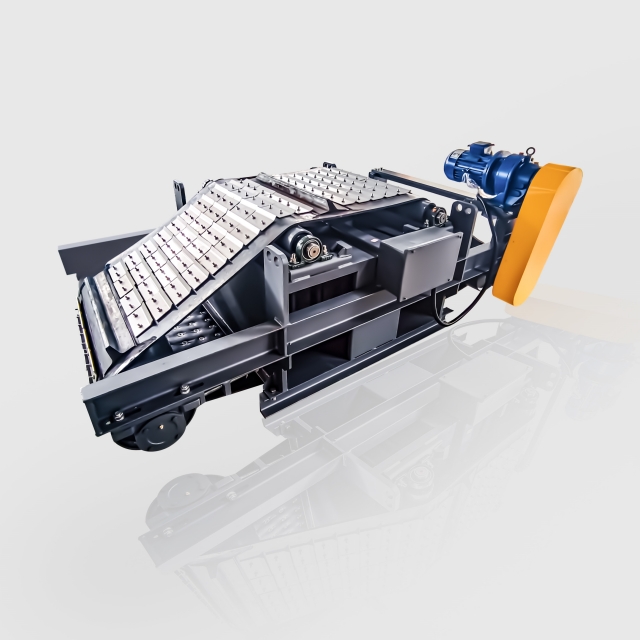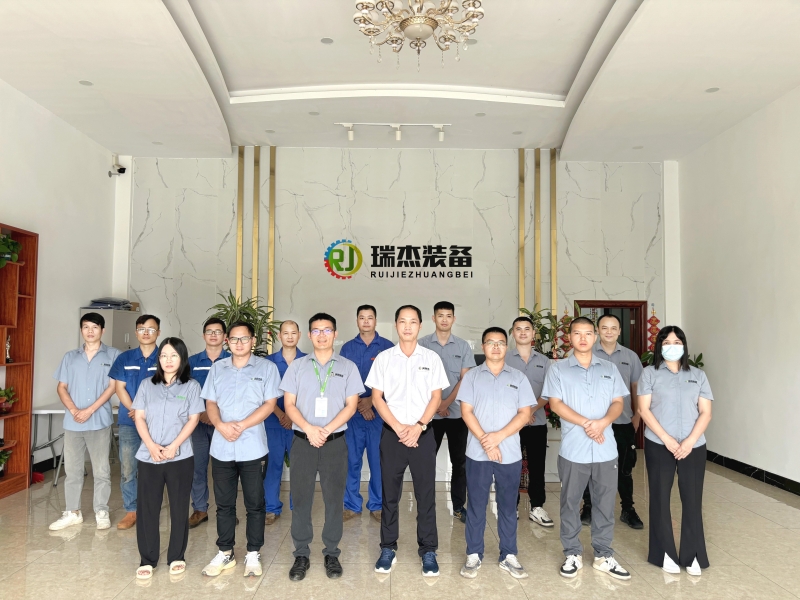Principles of Magnetic Separation
Magnetic separation processes rely on the magnetic properties of materials to isolate specific components from a mixture. These processes utilise the principle that forces of magnetism can attract ferromagnetic and paramagnetic materials while leaving non-magnetic substances unaffected.
By applying a magnetic field, magnetic nanoparticles or larger particles within a mixture align with the field and separate from non-magnetic components. This principle forms the foundation of bioseparation techniques, where magnetic nanoparticles are used to isolate biological molecules or cells.
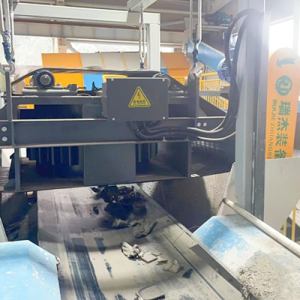
Role of a Magnetic Separator
A magnetic separator is a device designed to facilitate magnetic separation processes. It generates a controlled magnetic field to attract and capture magnetic materials from a mixture. Magnetic separators come in various designs, including drum, belt, and grid types, each tailored for specific applications.
In bioseparation, magnetic separators play a critical role by isolating magnetic nanoparticles bound to target molecules, enabling precise and efficient separation. These devices are indispensable in industries such as mining, recycling, and biotechnology.
Types of Magnetic Materials
Magnetic separation processes classify materials into three categories based on their magnetic properties: ferromagnetic, paramagnetic, and diamagnetic. Ferromagnetic materials, such as iron and nickel, exhibit strong magnetic attraction and are easily separated. Paramagnetic materials, including certain minerals and biological molecules, show weaker attraction but can still be isolated using high-intensity magnetic separators.
Diamagnetic materials, which repel magnetic fields, remain unaffected during separation. Magnetic nanoparticles, often used in bioseparation, are engineered to exhibit strong magnetic responses, making them ideal for separating biological components.
Applications of Magnetic Separation
Industrial Applications
Magnetic separators play a pivotal role in various industries. In mining, they extract valuable ferrous materials from ores, ensuring efficient resource utilisation. Recycling facilities use these devices to remove metal fragments from waste streams, enhancing the purity of recycled materials.
Food processing industries rely on magnetic separators to eliminate metal fragments from products, ensuring consumer safety and compliance with quality standards. These applications highlight the versatility of magnetic separation in industrial settings.
Environmental Applications
Magnetic separation contributes significantly to environmental protection efforts. Wastewater treatment plants utilise magnetic separators to remove metal fragments and other contaminants, improving water quality. In soil remediation projects, magnetic separation helps extract heavy metals, reducing environmental pollution.
This method also aids in recycling electronic waste by isolating valuable metals, minimising landfill contributions. Despite its effectiveness, magnetic separation has limited applications in handling non-magnetic pollutants, which require alternative methods.
Research and Laboratory Uses
In research and laboratory environments, magnetic separation supports advanced scientific studies. Magnetic separators isolate specific biological molecules, such as DNA or proteins, using magnetic nanoparticles. This technique accelerates research in biotechnology and molecular biology.
Laboratories also employ magnetic separation to purify chemical compounds or separate metal fragments from experimental samples. Although magnetic separation offers precision, its limited applications in separating complex mixtures remain a challenge for researchers.
Advantages of Magnetic Separation
Efficiency and Speed
Magnetic separation offers remarkable separation efficiency, making it a preferred method in various industries. Magnetic separators operate swiftly, enabling the rapid isolation of magnetic materials from mixtures. This speed reduces processing times, allowing industries to handle large volumes of materials efficiently.
For instance, in mining operations, magnetic separators extract ferrous components from ores in a fraction of the time required by alternative methods. The ability to achieve efficient separation with minimal manual intervention enhances productivity and ensures consistent results.
Cost-Effectiveness
The cost-effectiveness of magnetic separation technology makes it an attractive option for industries. Magnetic separators require relatively low energy consumption compared to other separation techniques. Their durability and minimal maintenance needs further reduce operational costs.
Industries benefit from the long-term savings provided by these devices, as they eliminate the need for expensive chemical treatments or labour-intensive processes. The affordability of magnetic separation technology ensures its widespread adoption across sectors, from recycling to food processing.
Environmental Benefits
Magnetic separation contributes significantly to environmental sustainability. By enabling the purification of materials, magnetic separators reduce waste and promote resource recovery. Recycling facilities utilise this technology to isolate metals, minimising the environmental impact of discarded materials.
In wastewater treatment, magnetic separators remove contaminants, improving water quality and protecting ecosystems. The ability to achieve efficient separation without harmful chemicals underscores the environmental advantages of magnetic separation. Despite the limitations of magnetism, its role in promoting eco-friendly practices remains invaluable.
Limitations of Magnetism in Separating Mixtures
Material Specificity
Magnetic separation exhibits limited specificity when dealing with mixtures containing diverse materials. Only substances with magnetic properties can be effectively isolated. Non-magnetic components, such as plastics or organic matter, remain unaffected. This limitation restricts the method’s application in industries requiring the separation of non-magnetic impurities.
For example, separating foreign metal fragments from food products is feasible, but non-metallic contaminants demand alternative techniques. The inability to achieve 100% magnetic separation in such cases highlights a key disadvantage of magnetic separators.
Challenges with Fine Particles
Magnetic separation faces significant challenges with ultrafines. Fine particles often exhibit weak magnetic responses, making it difficult to separate magnetic material effectively. These particles may also adhere to non-magnetic substances, leading to gangue entrainment challenges.
This issue reduces the purity of the separated material and increases the presence of impurities. In bioprocessing challenges, ultrafine particles complicate the isolation of biological molecules. Addressing these limitations with ultrafines requires advanced equipment and innovative approaches.
Equipment Costs and Maintenance
The high cost of magnetic separators poses a disadvantage for small-scale operations. Advanced devices, such as high-intensity magnetic separators, require substantial investment. Maintenance costs further add to the financial burden, as regular upkeep is essential to ensure optimal performance.
Industries must weigh these expenses against the benefits of magnetic separation. Despite its efficiency, the size limitations of equipment and the associated costs can deter widespread adoption.
Disadvantages of Magnetic Separation in Complex Mixtures
Magnetic separation struggles to handle complex mixtures containing multiple components. The presence of both magnetic and non-magnetic impurities complicates the process. Achieving 100% magnetic separation becomes nearly impossible in such scenarios. Gangue entrainment challenges further reduce the effectiveness of the method.
For instance, in mining operations, separating magnetic material from ores with high impurity levels often requires supplementary techniques. These limitations of magnetism underscore the need for complementary methods to enhance separation efficiency.
Conclusion
Limitations of magnetic separation , including material specificity and equipment challenges, restrict its broader application. However, It still remains a vital technique for isolating materials, offering unmatched efficiency and environmental advantages. Its advancements in magnetic technology could address these issues. Researchers and industries must innovate to enhance its capabilities, ensuring its continued relevance in diverse fields.

